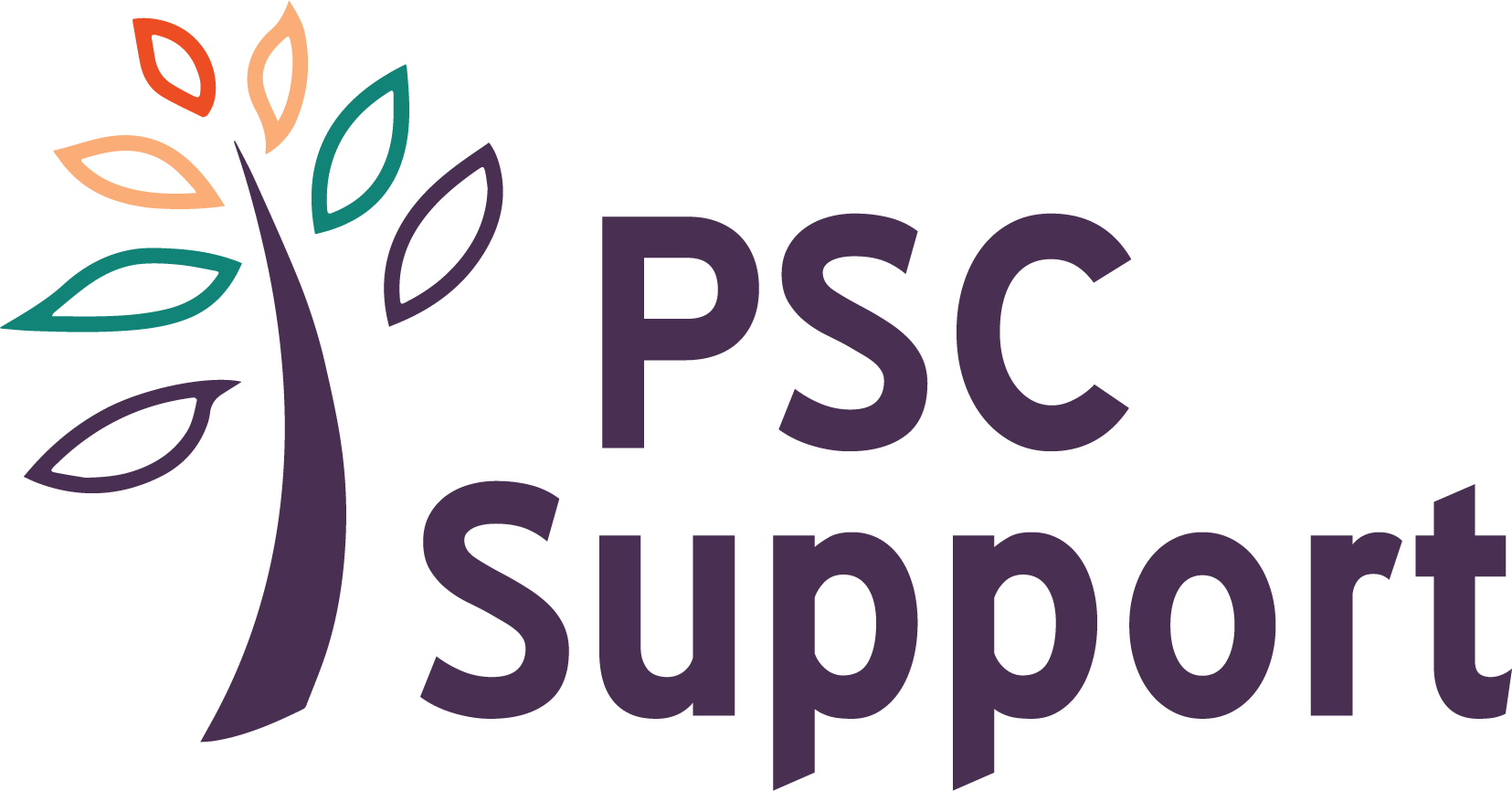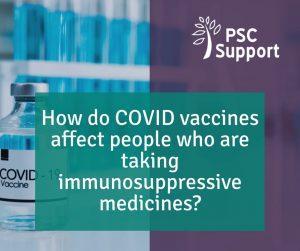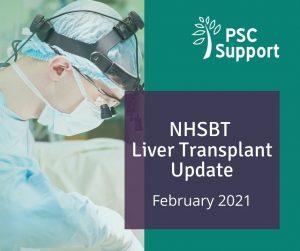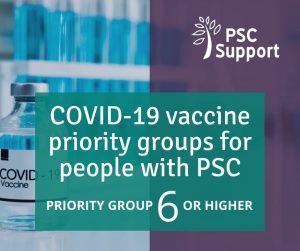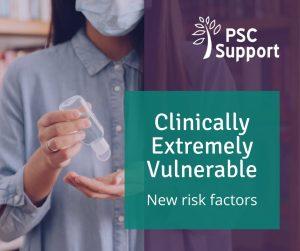Shielding Advice Updated in Scotland and Northern Ireland
Shielding Update
Navigating healthcare during COVID-19
Scotland and Northern Ireland
Last week, England and Wales announced changes to the shielding guidance. This week Northern Ireland and Scotland have also issued updated guidance. It varies slightly between nations, so please pay attention to the guidance for your nation.
Remember that if you have been asked to shield, it is guidance only, and not compulsory, but use your best judgement to keep yourself safe at all times.
Keep your eye on national (and even local) guidance as the situation can change rapidly.
Scotland
The Scottish government has announced changes to the shielding advice in Scotland from 18 June 2020:
- outdoor exercise is unlimited, as long as individuals strictly follow social distancing rules and hygiene practices
- should not meet with anyone from another household
Northern Ireland
The Chief Medical Officer for Northern Ireland updated the guidance for those who are shielding in Northern Ireland from 8 June 2020:
- outdoor exercise is unlimited, as long as individuals strictly follow social distancing rules and hygiene practices
- if they live alone they can meet one person from another household (preferably the same person each time)
Related news
COVID Vaccines and the Immune System
How do COVID vaccines affect people who are taking immunosuppressive medicines?
NHSBT Liver Transplant Update for Patients (February 2021)
Important information for anyone on the liver transplant waiting list.
What COVID-19 Vaccine Priority Groups are People with PSC in?
Which priority groups are people with PSC in? How we can help if your doctors advises you that you are not in a priority group.
Additional Risk Factors Used to Identify People at High Risk of COVID-19
Additional people who may be at high risk from COVID-19 have been identified using a risk score based on a wide range of factors that predict a more severe course of COVID-19 or an increased likelihood of getting COVID-19.
